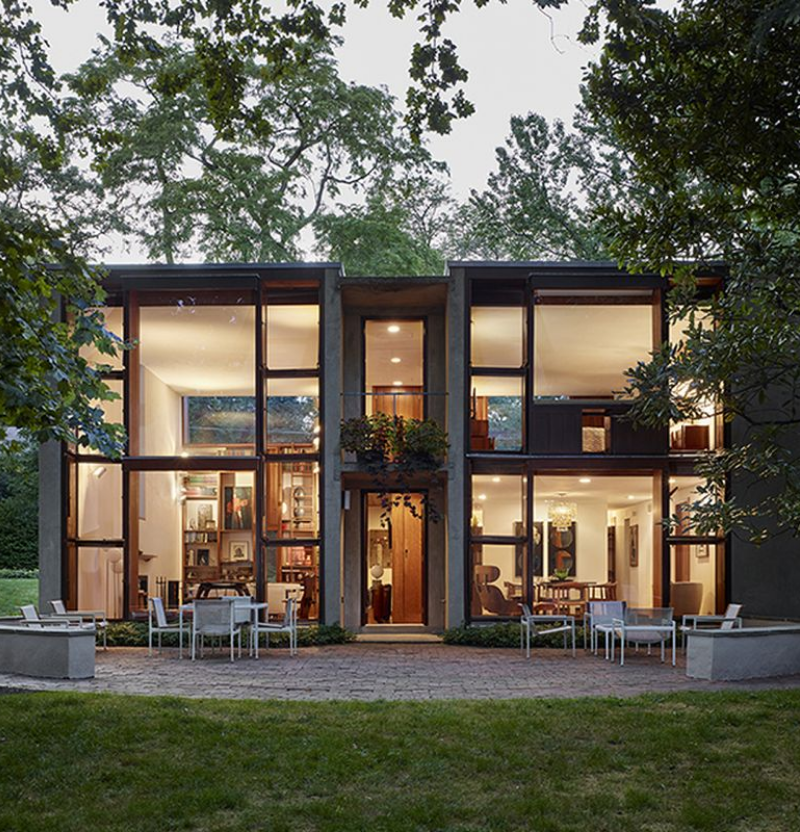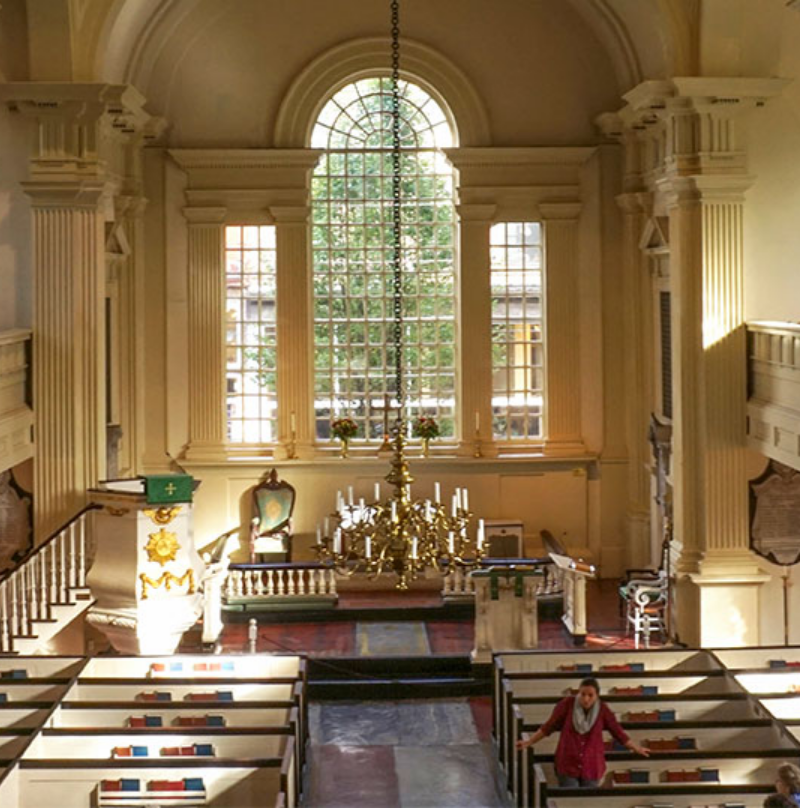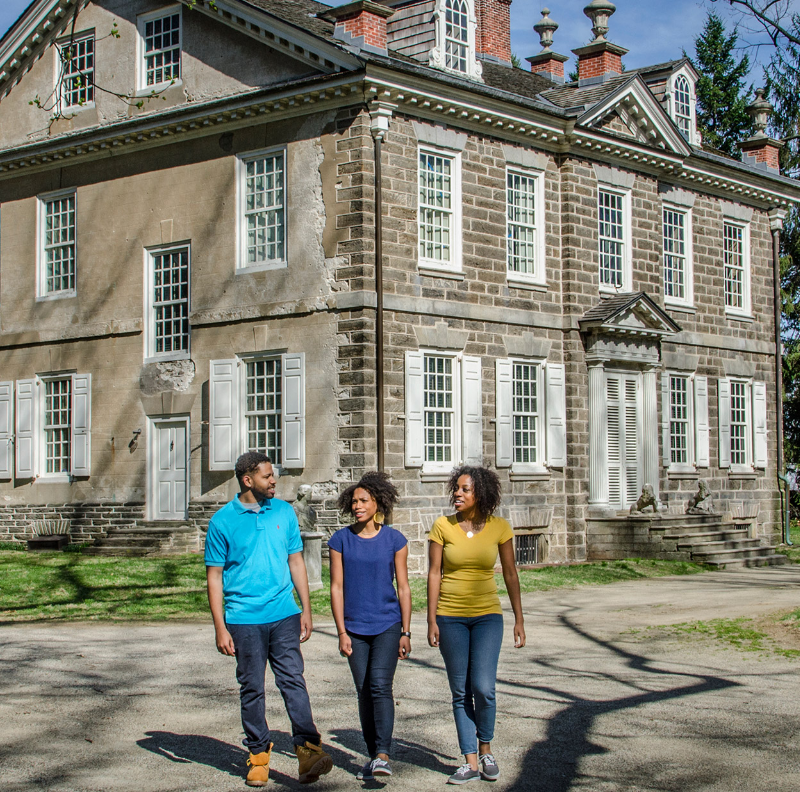
Mid-Century Modern Initiative
Mid-century modern architecture and buildings of the recent past are enjoying a resurgence of appreciation and interest nationwide, but here in Philadelphia, our eclectic collection of postwar buildings is often overlooked.
To help identify and celebrate these emerging landmarks, the Preservation Alliance is compiling a list of notable structures built within the city between 1945 and 1980. The inclusion of a building in this inventory does not imply endorsement of it for designation or other purposes, nor does its absence imply a lack of significance. Rather, the list is meant to illustrate the breadth and depth of design from an era often overshadowed by earlier periods and styles.
This inventory is the continuation of work begun in 2009 with the Preservation Alliance’s publication of A Complicated Modernity: Philadelphia Architectural Design 1945-1980, written by Malcolm Clendenin and edited by Emily T. Cooperman, available here. In the summer of 2010, graduate student Kristin Hagar developed the framework and much of the content of the inventory. A special thanks also go to William Whitaker and Betsy Manning for their assistance in the project.

Historic Religious Properties
Founded as William Penn’s “Holy Experiment,” Philadelphia has a centuries-long history of fostering and constructing prominent houses of worship throughout the city.
To help identify and celebrate these emerging landmarks, the Preservation Alliance is compiling a list of notable structures built within the city between 1945 and 1980. The inclusion of a building in this inventory does not imply endorsement of it for designation or other purposes, nor does its absence imply a lack of significance. Rather, the list is meant to illustrate the breadth and depth of design from an era often overshadowed by earlier periods and styles.
This inventory is the continuation of work begun in 2009 with the Preservation Alliance’s publication of A Complicated Modernity: Philadelphia Architectural Design 1945-1980, written by Malcolm Clendenin and edited by Emily T. Cooperman, available here. In the summer of 2010, graduate student Kristin Hagar developed the framework and much of the content of the inventory. A special thanks also go to William Whitaker and Betsy Manning for their assistance in the project.
The inventory is a work-in-progress, not a conclusive list. Future phases will expand the inventory’s scope beyond city limits to include surrounding counties, and will also establish criteria for assigning preservation priorities.
Note: The 18 area designations used in the inventory follow the boundaries established by the Philadelphia City Planning Commission in the Philadelphia 2035 Comprehensive Plan. A map of these boundaries and the neighborhoods they encompass can be viewed here.

African American Heritage
Philadelphia has a long and rich African American history, but for too long, African American historic resources in the city and region have received little attention.
As a first step toward protecting these important resources, the Preservation Alliance has compiled an inventory of African American historic sites in Philadelphia. This inventory of 400+ structures includes churches, schools, businesses, homes, clubs, benevolent associations, and more. For a historic context statement for this inventory, see Philadelphia’s African American Heritage: A Brief Historic Context Statement, by Dana Dorman (2009)
In 2009, thanks to the generous support of the Samuel S. Fels Fund, the Preservation Alliance hired graduate intern Dana Dorman to update and enhance the Alliance’s preliminary inventory of African American historic sites, compiled about 10 years earlier.
That original inventory was created in part through neighborhood community meetings, where residents were asked to suggest sites that were important to them. In updating that list in 2009, we added new research completed by historian Emily T. Cooperman in 2008 for the Preservation Alliance and consulted numerous additional resources (see below) to confirm or expand the inventory.
We aimed to cast a wide net, making no attempt to define “African American” or what should qualify as “historic enough” to warrant inclusion. However, we omitted some entries for which we could find no known address or context for the site’s inclusion. Because of time constraints, we focused on sites within the city of Philadelphia, but a handful of other sites appear on the list as we discovered them in our research. More work needs to be done to thoroughly inventory African American historic sites in the surrounding region.
